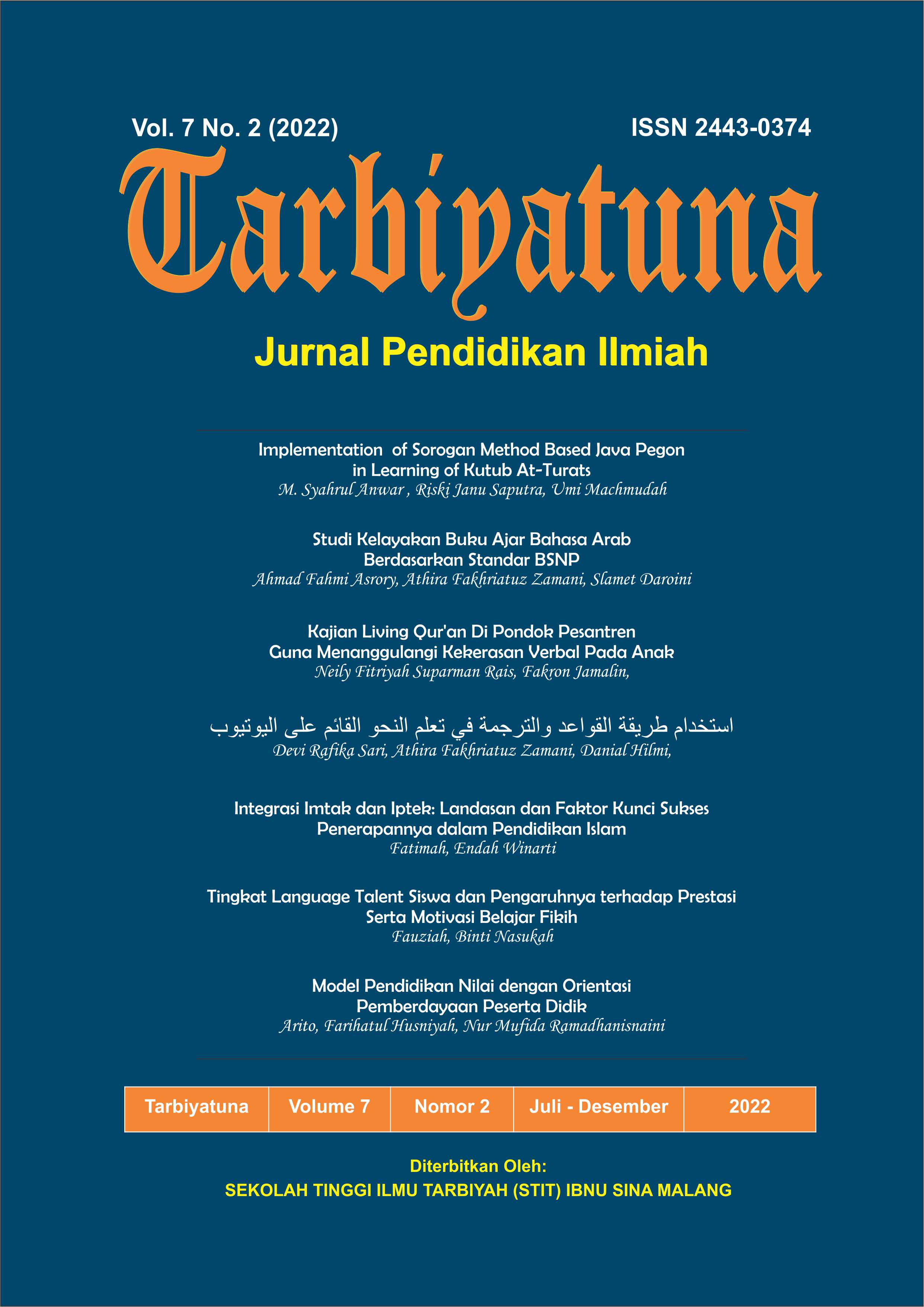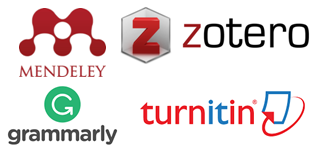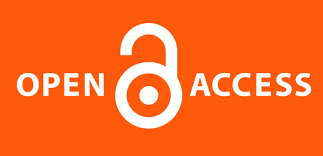Model Pendidikan Nilai dengan Orientasi Pemberdayaan Peserta Didik
Abstract
The concept of good character was popularized by Thomas Lickona by referring to the concept put forward by Aristotle as follows "the life of right conduct, right conduct in relation to another person and in relation to self", which means a life of good behavior/full of virtue is to behave well towards other parties (God Almighty, humans, and the universe) and towards oneself. There is one event that we can make an example of as a person with good character. Indonesia will become the fifth largest country in the world, so its people must be educated to contribute to the country and global civilization by having good character or values. The values ​​that must be taught to society from an early age are discipline, polite, honest, simple, clean, good deeds, frugal, patient, and exemplary. The way to teach good character or values is through educational institutions, both formal and non-formal. The learning process in value education involves mixing good values that you want to instill, facilitating students to learn actively, and using learning models that empower students. In addition to having to exemplify these values, educators, both teachers and lecturers, must also have insight into the concepts used in facilitating the learning process, namely the sources of norms, noble values that need to be developed, learning approaches and strategies, and understanding of students. The estuary of values education is the creation of a conducive and democratic atmosphere for improving human resources who are religious and have an international outlook based on Indonesianness and Islam. so that the character of a nation that is cultured and has noble character is formed, and a civilized and noble national civilization is realized as a strong pillar of civilization.
References
Ansyar, Moh. “Kurikulum Dalam Menyongsong Otonomi Pendidikan Di Era Globalisasi, Peluang, Tantangan Dan Arah.†TA’DIB, Jurnal Pendidikan Islam, Maret, no. 4 (2002).
Doni, Koesoema A. Pendidikan Karakter: Strategi Mendidik Anak Di Zaman Global. Jakarta: Grasindo, 2007.
Driyarkara, Nicolaus. Driyarkara Tentang Pendidikan. Vol. 1. Jakarta: Yayasan Kanisius, 1980.
Goleman, Daniel. Working White Emotional Intelligence.(Terjemahan Alex Tri Kantjono W). Jakarta: PT Gramedia Pustaka Utama, 2001.
Hidayat, H. “Model Pembelajaran Pendidikan Nilai Menuju Masyarakat Yang Karakter Berbasis Partisipasi Masyarakat.†Pelopor Pendidikan: Jurnal Pendidikan, Bahasa Dan Pembelajarannya 1, no. 1 (2010): 35–52.
Indonesia, Presiden Republik. “Undang-Undang Republik Indonesia Nomor 20 Tahun 2003 Tentang Sistem Pendidikan Nasional.†Jakarta: Pemerintah Republik Indonesia, 2003.
Irwanto. Psikologi Umum. Jakarta: PT Gramedia Pustaka Utama, 1997.
Mastuhu. Pemberdayaan Sistem Pendidikan Islam. Jakarta: Logos, 1999.
Mudzakir, Ahmad, and Joko Sutrisno. Psikologi Pendidikan. Bandung: Pustaka Setia, 1997.
Philips, Simon. Refleksi Karakter Bangsa. Jakarta: Bumi Aksara, 2008.
Setiawan, Arif, and Farihatul Husniyah. “المشكلات النÙسية ÙÙŠ تعليم مهارة الكلام عند طلاب مدرسة ابن Øجر المتوسطة الإسلامية.†Tarbiyatuna: Jurnal Pendidikan Ilmiah 4, no. 1 (July 13, 2019): 111–29.
Silberman, Mel. Active Learning: 101 Strategi Pembelajaran Aktif. Yogyakarta: Bumimedia, 2002.
Sudjarwadi. “Ubah Wajah UGM Dengan Jiwa Kepemimpinan.†Kedaulatan Rakyat, January 5, 2003.
Suparno, Paul. Guru Demokratis Di Era Demokrasi. Jakarta: Grasindo, 2003.
Winarni, F. “Reorientasi Pendidikan Nilai Dalam Menyiapkan Kepemimpinan Masa Depan.†Jurnal Cakrawala Pendidikan, no. 1 (2006): 130–71.








.png)

